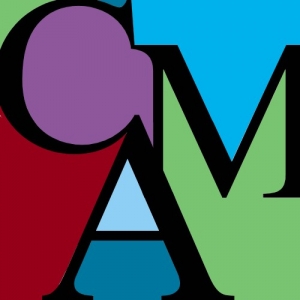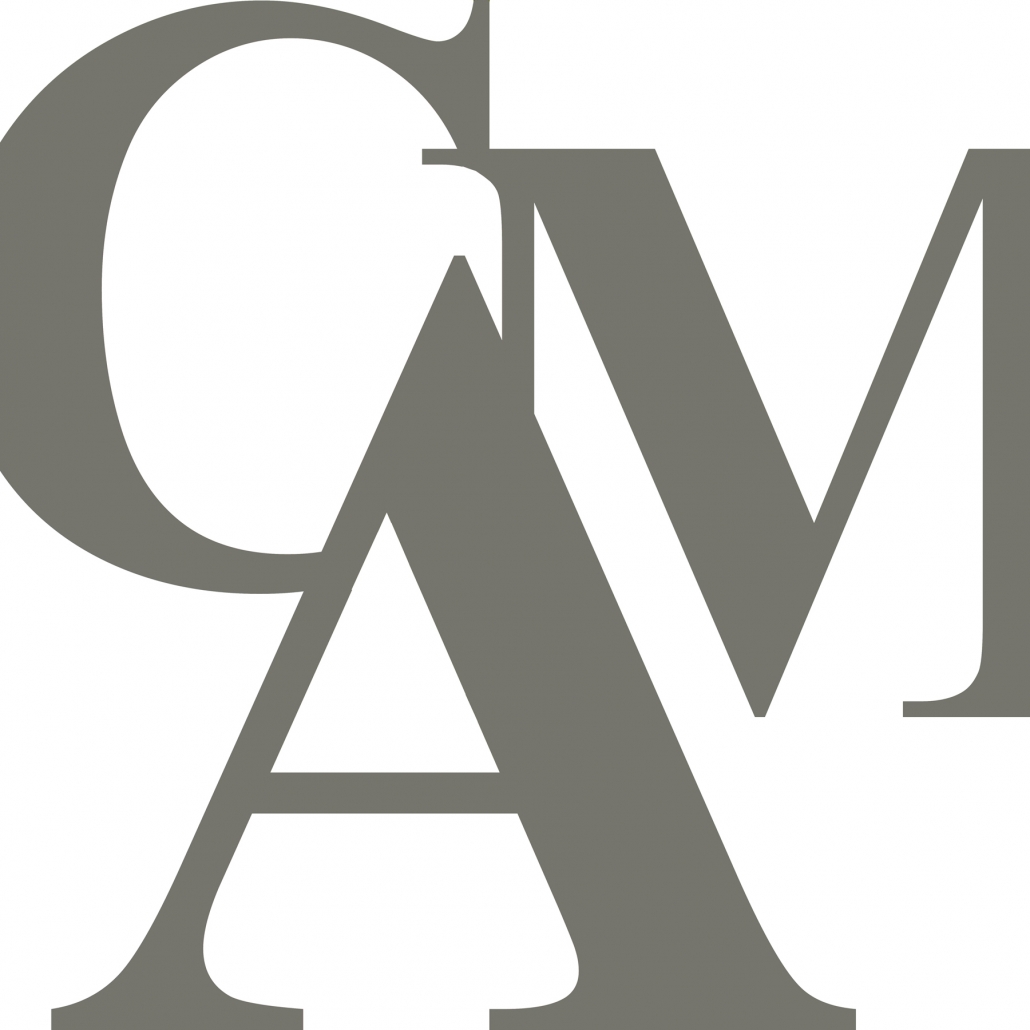Curated by Gail Elber of Coos Bay, this exhibit brings together the work of ten musical instrument builders from this region. Both ancient designs and modern innovations can be seen among this collection. Visit the gallery to trace the marvelous relationship of form and function. These beautiful creations transform vibrations into music that can give voice to our inmost feelings. But don’t just look at them: Bring a mobile device and watch Gail’s video of each artist, hearing the sounds of the instruments displayed as you examine the instrument. Find links to the videos on this page. You can also watch the videos on DVD in the gallery.
Artists’ presentations
Many of the artists will give a presentation, talking about their work and playing on their instruments, during the course of the exhibit. Presentations are on Saturdays at 1 p.m., except for Les Stansell’s presentation Feb. 13, which starts at 3 p.m. Presentations will be followed by “playtime” — an opportunity to play the instruments under the artist’s supervision.
Build your own instrument
Duke and Danielle Summers will teach a workshop on making Native-style drums one Saturday in January: watch for details.
Nick Krissie will teach a workshop at the Coos Bay Boat Building Center on making a diddley-bow, a traditional blues instrument. Watch for details
The Artists
Lynn Berg, VioLynns and Hardanger Fiddles :: Presentation: Dec. 19, 1 p.m.
Eugene, Oregon
Lynn R. Berg became interested in violins while attending his daughter’s violin lessons. He studied violin repair with Hans Nabel and violin making with Karl Roy from 1980-1992 at the Summer Violin Institute at the University of New Hampshire. His interest in the Hardanger Fiddle began in 1991 after his daughter returned from a year in Norway bringing the book “Vi Bygger Hardingfeler” by Severe Sandvik. Lynn has entered the bi-annual Norwegian national instrument exhibit several times winning three medals. Lynn’s Hardanger Fiddles have been played around the world in performances of the “Lord of the Rings Symphony.” In May 2015, his quartet of Hardanger-style instruments was played for the King of Norway.
Lynn Berg, Part 1: VioLynns
Lynn Berg, Part 2: Hardanger fiddles
Bryan Ibach, mandolins and ukuleles :: Presentation: Jan. 23, 1 p.m.
Coquille, Oregon
I am a retired cabinet maker living in rural Coos County. I started building mandolins in 2006 out of a love of the instrument and a love of woodworking. My technique, for nearly any process, is to dive in with both feet without worrying excessively about perfection. Now, having built 14 mandolins, perfection is still an elusive dream but I learn with every instrument. Being a great fan of local woods, I prefer to use them in my instruments. When my beloved wife and partner decided to learn to play the ukulele, in her retirement, I started building them also.
Many thanks to Gail Elber and to the Coos Art Museum for the opportunity to show them here.
Sean Koreski, Pan flutes
Vancouver, Washington
https://vimeo.com/147962232
Sean has not provided an artist’s statement.
Sean will not host a play day or give an artist’s presentation.
Nick Metcalf, Irish whistles and flutes
McAllen, Texas (ex-Coos Bay)
Nick has not provided an artist’s statement.
Nick will not host a play day or give an artist’s presentation.
Fred Schacher, Violins :: Presentation: Jan. 16, 1 p.m.
Gold Beach, Oregon
I am a luthier and a musician.To make a musical instrument, like the violin, helps to spread the joy, happiness and sorrow felt by its player to those around them.
I find great pleasure and satisfaction carving the parts and constructing the violin. Knowing that someday, someone, somewhere will play music on one of my instruments and have the joy of music in their hands and heart.
Don “Doc” Slyter, Native American flutes :: Presentation: Jan. 9, 1 p.m.
Coos Bay, Oregon
My name is Doc Slyter and I am an Elder of the Coos, Lower Umpqua and Siuslaw Indian Tribes. I started playing and making flutes about 13 years ago.
I have found that most flute players, including myself are willing to share their knowledge and help beginners learn to play the flute. By doing so, this in return gives both the instructor and student someone to practice and play with.
I use a variety of woods to make my flutes, but I have found that old growth wood gives the best tone. A Native American flute runs on a pentatonic scale, which is the use of five notes. This makes playing traditional European songs a challenge.
For me, playing the flute is very relaxing and a great stress-reliever.
Part 1: Construction of Native American Flutes
Part 2: Don plays Native American flutes from his collection
Part 3: Don plays “Grandfather”
Les Stansell, Ukuleles :: Presentation: Feb. 13, 3 p.m. (not 1 p.m.)
Pistol River, Oregon
Les Stansell guitars and ukuleles incorporate Oregon tone woods into the Spanish-classic guitar design. On display are three ukuleles — one concert, one tenor and one baritone. Also included in the ensemble is a full-sized Spanish/classic guitar.
Les will be available on Saturday, Feb. 13 3-6 p.m. to perform and to answer your questions regarding traditional Spanish guitar making, the value and use of Oregon myrtle and Port Orford cedar in the musical instrument industry, and how both blend perfectly into the world of ukulele.
Duke, Danielle and Jake Summers, Native American drums
Coos Bay, Oregon
Duke, Danielle and Jake did not provide an artist’s statement.
Instead of a presentation, Duke and Danielle will teach a drum-building workshop: TBA, on a Saturday, 1 p.m. Material cost is $25 and participants are limited to 10. Call Gail Elber at 541-808-1773 to register.
Mark Tierney, Guitars :: Presentation: Jan. 30, 1 p.m.
Bandon, Oregon
I was not yet a teenager when I began working in wood, building treehouses and “forts” in the woods behind my mother’s house, and shelves to store my books in my room. At the same age I began my journey into the world of music: clarinet in school, bugle in the Boy Scout troop, a ukelele, and finally a guitar my older brother sold me cheap. I have followed both paths ever since, but they did not cross until I built my first guitar when in my mid-thirties: it was not the handsomest instrument I’ve ever seen, but it sounded good and played well–I was hooked.
Since then, I have completed, on average, an instrument a year. I strive to make each one the best that I can make it, and few things please me more than to see a guitar leave my shop to go into a musician’s household, from where it will bring more music into the world.
Rebecca Urlacher, Guitars
Bend, Oregon
The art of building guitars can best be described by luthier William Cumpiano in his article “A Pedagog’s Lament,” “It rewards only the pure in heart, the ones that give themselves completely to it, and ask nothing from it, except the privilege to be allowed to continue.” I do feel privileged to have the opportunity to make instruments, and with the completion of each new guitar, I gain a great sense of pride. Building guitars for me is where my passion to create and my great interest in music come together. Throughout the building process I strive to make guitars of the highest quality, both aesthetically and tonally. I believe when people see, feel and hear an Urlacher Guitar, the love for what I do shines through.
https://vimeo.com/148186625
Rebecca will not host a play day or give an artist’s presentation.





